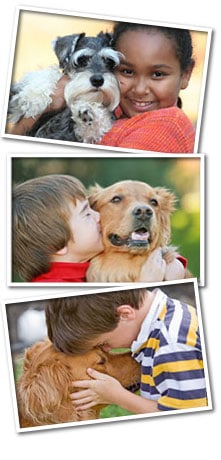Feed your overweight dog more protein and less carbohydrates.
Dogs succeed on a high-protein diet, which builds lean muscle, and they don’t need carbohydrates at all. The ideal canine weight-loss diet is high in protein, low in carbohydrates, and moderate in fat, which fulfills the hunger.
Make your dog’s food.
Another option is to make your own high-protein, moderate-fat, low-carbohydrate diet
Reduce your dog’s food portion size.
Instead of making big changes all at once, cut your dog’s food back by about five percent and feed that slightly smaller amount for a week or two. This reduction is about 1 ounce per pound or 1/8 cup per two cups of food.
Make your dog’s weight loss a family plan.
Measuring everything and writing it in your dog’s diet book or food log helps family members realize just how much the dog is eating. Feeding a small dinner won’t help if Fido is getting breakfast leftovers, afternoon snacks, and training treats all day.
Rethink the treats you feed.
Fortunately, dogs care more about the number of treats they receive than the size of each treat, so it’s more rewarding for a dog to receive several small treats than one big one. Treats that are high in fat and calories, such as hot dogs and peanut butter, can pack on the pounds. Instead, try raw baby carrots, zucchini slices, other crunchy vegetables, or small slices of apple, banana, or melon.
Find the right edible dog chew.
Dogs love to chew, and if you can find a low-fat, long-lasting chew, it can keep your dog busy, satisfied, and out of caloric trouble. Dried tendons, steer sticks, and similar chews work well unless they’re small enough for the dog to swallow.

